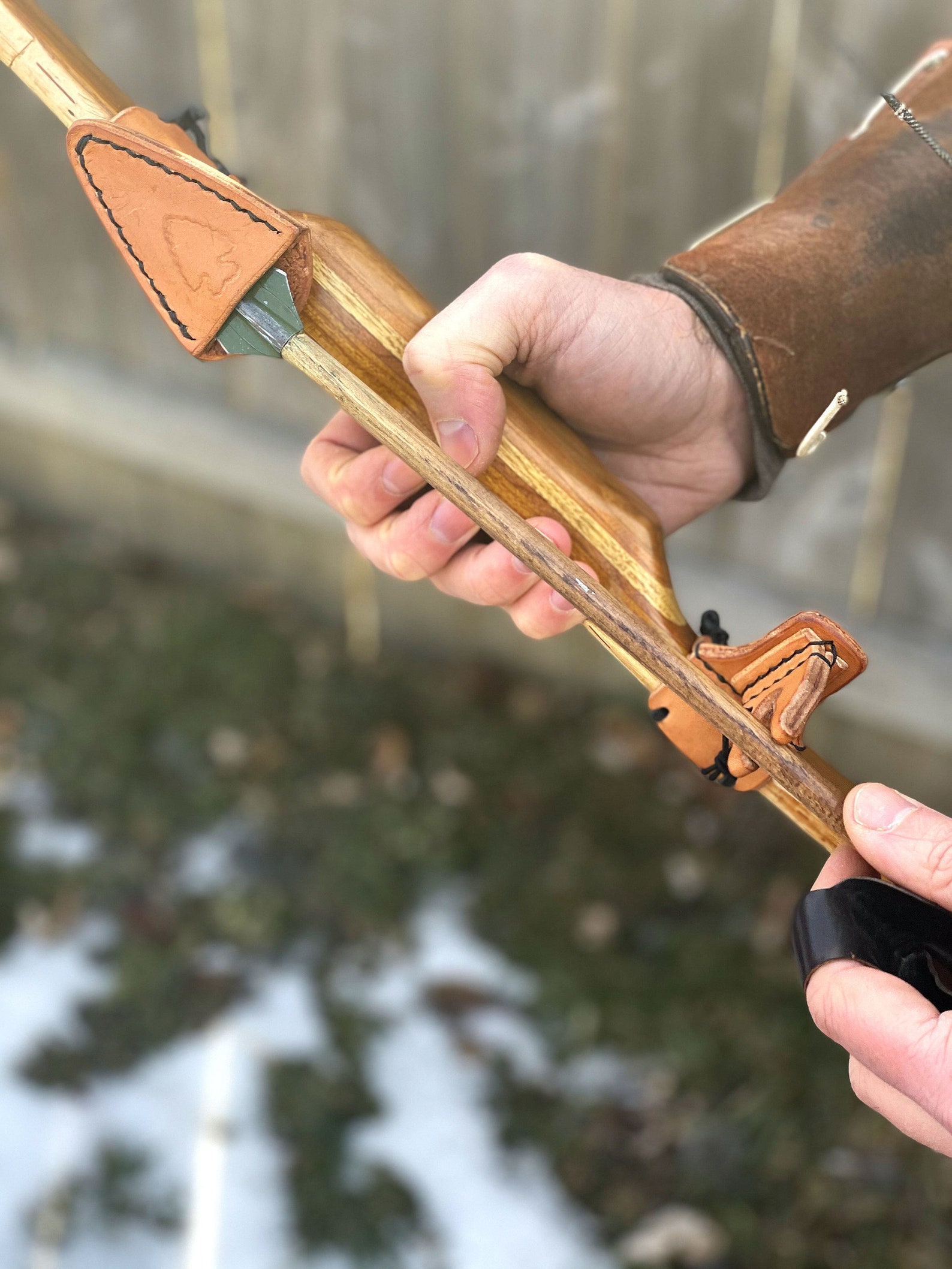

Jettisoning of a nuclear weapon or nuclear component.Loss in transit of nuclear asset with or without its carrying vehicle.Non-nuclear detonation or burning of a nuclear weapon.Accidental or unexplained nuclear explosion.Broken Arrow īroken Arrow refers to an accidental event that involves nuclear weapons, warheads or components that does not create a risk of nuclear war. Bent Spear incidents include violations or breaches of handling and security regulations.Īn example of a Bent Spear incident occurred on the August 2007 flight of a B-52 bomber from Minot AFB to Barksdale AFB which mistakenly carried six cruise missiles with live nuclear warheads.

Bent Spear īent Spear refers to incidents involving nuclear weapons, warheads, components or vehicles transporting nuclear material that are of significant interest but are not categorized as Pinnacle – Nucflash or Pinnacle – Broken Arrow. AFI 10-206 notes that the flagword Pinnacle may be added to Bent Spear or Faded Giant to expedite reporting to the National Military Command Center (NMCC). Is clearly against the national interestĪll of the following reporting terms are classified Pinnacle, with the exception of Bent Spear, Faded Giant and Dull Sword.Causes immediate widespread coverage in news media.Generates a higher level of military action.The term "Pinnacle" denotes an incident of interest to the Major Commands, Department of Defense and National Command Authority, in that it:

Pinnacle is a Chairman of the Joint Chiefs of Staff OPREP-3 (Operational Event/Incident Report) reporting flagword used in the United States National Command Authority structure. They are used by the United States of America, and are neither NATO nor global standards.
ARROWS IN OUR QUIVER MEANING MANUAL
United States Department of Defense directive 5230.16, Nuclear Accident and Incident Public Affairs (PA) Guidance, Chairman Joint Chiefs of Staff Manual 3150.03B Joint Reporting Structure Event and Incident Reporting, and the United States Air Force Operation Reporting System, as set out in Air Force Instruction 10-206 detail a number of terms for reporting nuclear incidents internally and externally (including in press releases). The United States Armed Forces uses a number of terms to define the magnitude and extent of nuclear and radiation accidents and incidents in order to reduce the time taken to report the type of incident, thus streamlining the radio communications in the wake of the event. Quiver, in this sense, is related to the Old High German kohhari, the German Köcher, the Old Saxon kokar, the Old Frisian koker and the Old English cocur (all of which mean ‘quiver’).This article may need to be rewritten to comply with Wikipedia's quality standards. It is of Germanic origin, and can be traced back to the Proto-Germanic kukur (container), which is, according to some linguists, from the language of the Huns. It came into English from the Anglo French quivier (Old French quivre or cuivre). The noun quiver, meaning ‘a case for holding arrows,’ dates back to the early 14th century. The noun, meaning ‘a trembling,’ dates back to the early 18th century, and comes from the verb. A third theory is that it is related to the Old English cwifer– (zealous), which may be related to cwic (alive), from the Proto-Germanic quikaz and the Proto-Indo-Eurpean root gwei– (to live), which would make it related to the adjective quick. Some linguists believe it may have emerged as an imitation of the sound or a slight tremble, while others believe it is an alteration of the Middle English verb quaveren (now quaver, which also means ‘to vibrate or tremble’). Quiver, meaning ‘to tremble,’ dates back to the late 15th century.


 0 kommentar(er)
0 kommentar(er)
